The Wind in the Willows at the Duchess Theatre
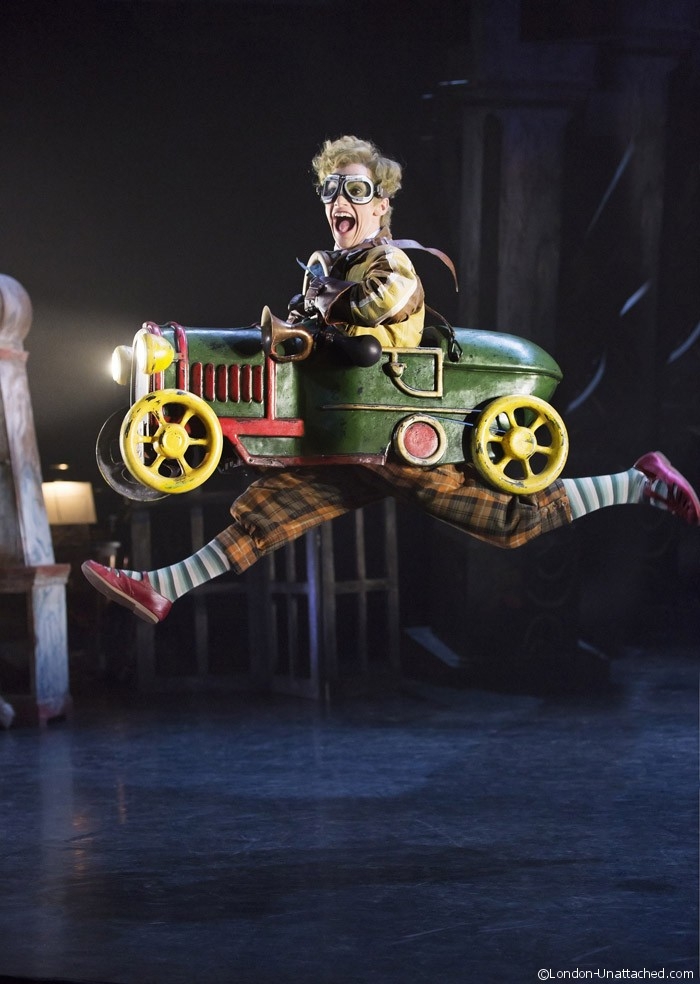
Quaint and charming, Will Tuckett’s The Wind in the Willows is a pastoral idyll of picturesque beauty. Arriving at the Duchess Theatre after a ten year run at the Royal Opera House’s Linbury Studio, this stunning fusion of music, dance and puppetry is the Opera House’s first West End transfer.
E. H. Shepherd’s enchanting illustrations of Kenneth Grahame’s original tale come magically to life as the attic set, that through the Quay brothers’ innovative design melds seamlessly into a tranquil river bank. A curling blue silk acts as the river, cascading in cobalt waves, while vibrant green streamers hang languorously as willow branches. Each beloved character is brilliantly captured through Nicky Gillibrand’s simple anthropomorphism. The rabbits and ducks wear woollen, tea-cosy style hats adorned with knitted ears and beaks. Humble mole, played by Clemmie Sveaas, is suitably timid, clothed in a brown woollen hat and Fairisle jumper; Will Kemp as Ratty is every bit the swaggering debonair with padded shorts and an up-turned collar. Christopher Akrill’s gristly badger is transformed with a rugged coat, while Toad’s juvenile spirit is encompassed in the garish checked trousers and ruby red sandals worn by Cris Penfold.
Tony Robinson as Grahame narrates the play, reciting Andrew Motion’s poetic retelling of the story littered with lofty rhymes and whimsically descriptive verses. Particularly entrancing is the car chase voiced as dramatic newspaper headlines while Penfold prances in his gaily coloured motor-car, strapped to him like a sandwich board, from the lumbering police.
Tuckett’s choreography is both beautifully mesmerising and cheerfully amusing. Mole and Ratty’s intertwined steps affirm their companionship, while the dance of Toad and the Gaoler’s Daughter is joyously farcical, imbuing absolute merriment in the audience. The weasels move in a sinuously sneaking fashion, dressed as Teddy Boys and joined by ragged stoat puppets who cast sinister shadows in the Wild Wood’s harsh light. All this is accompanied by a sublime musical score, composed by Martin Ward in George Butterworth’s pastoral style. Each section of music perfectly suits the characters and guides us through each scene in an ethereal trance. Sections of choral music cast a festive feel, while the snow that falls onto the audience and Toad’s race round the auditorium during the interval gleefully entertain the children.
In some places the dancing does become slightly aimless, causing the pace to lag. Robinson’s diction is often imprecise, stiffening the narration, yet this does nothing to mar the rustic charm of this bewitching production.
Alexandra Sims
Photo: London Unattached
The Wind in the Willows is at the Duchess Theatre until 1st February 2014. For further information or to book visit here.
Watch the trailer for The Wind in the Willows here:

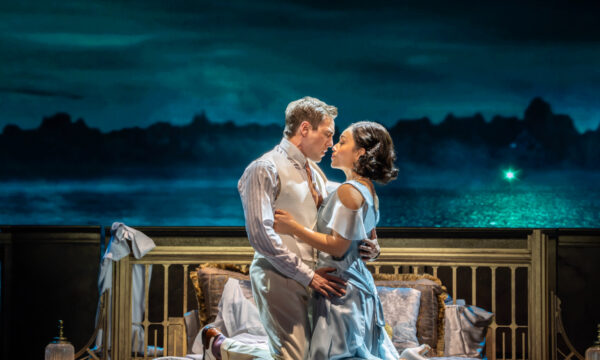
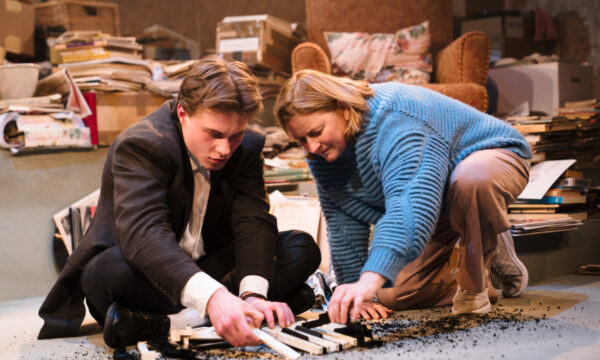
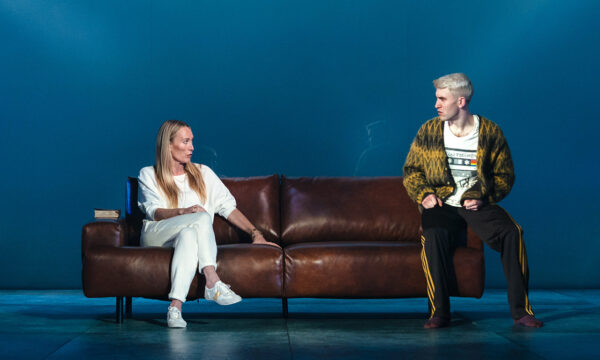
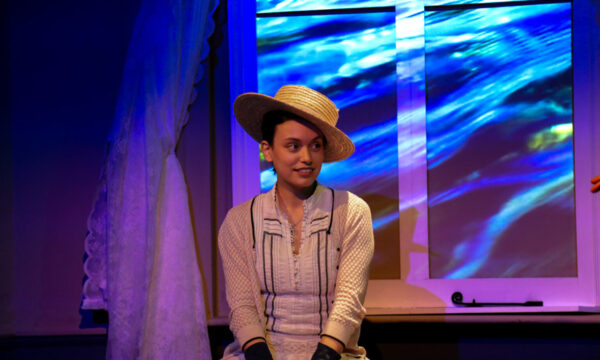
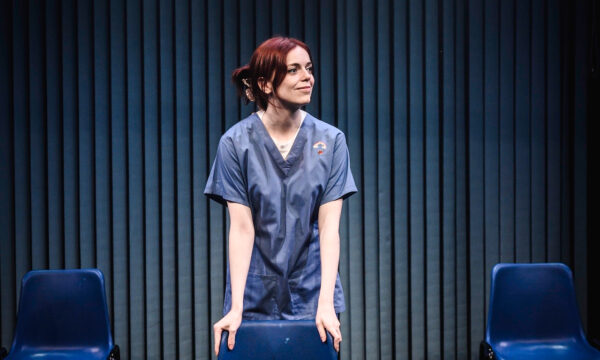
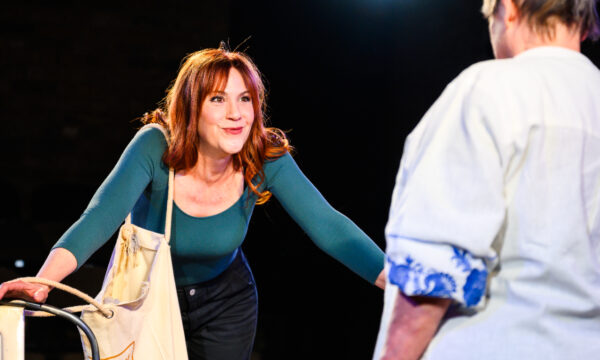
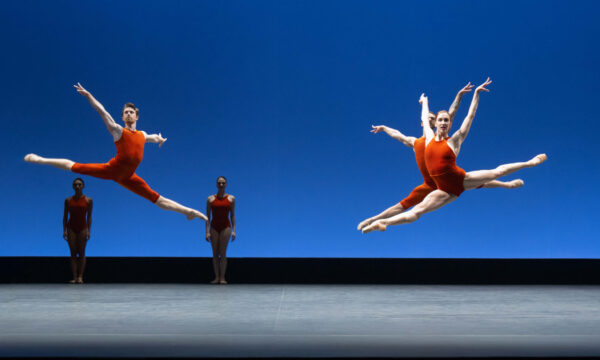
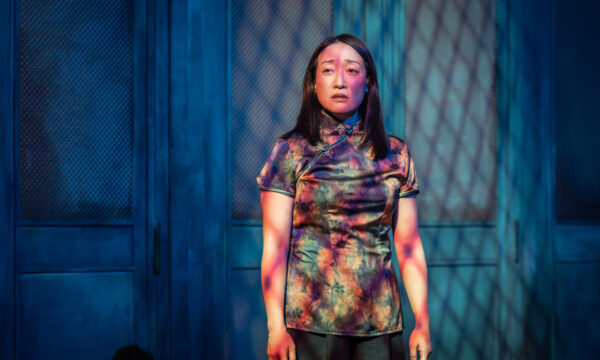
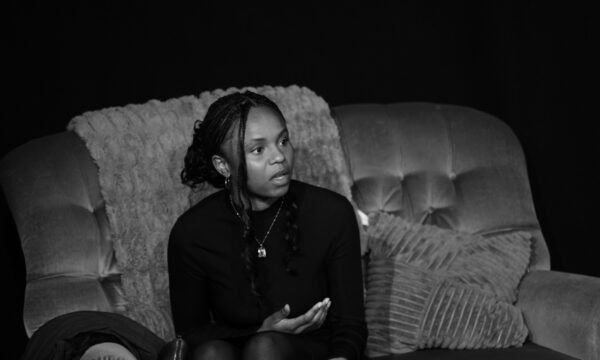













Facebook
Twitter
Instagram
YouTube
RSS